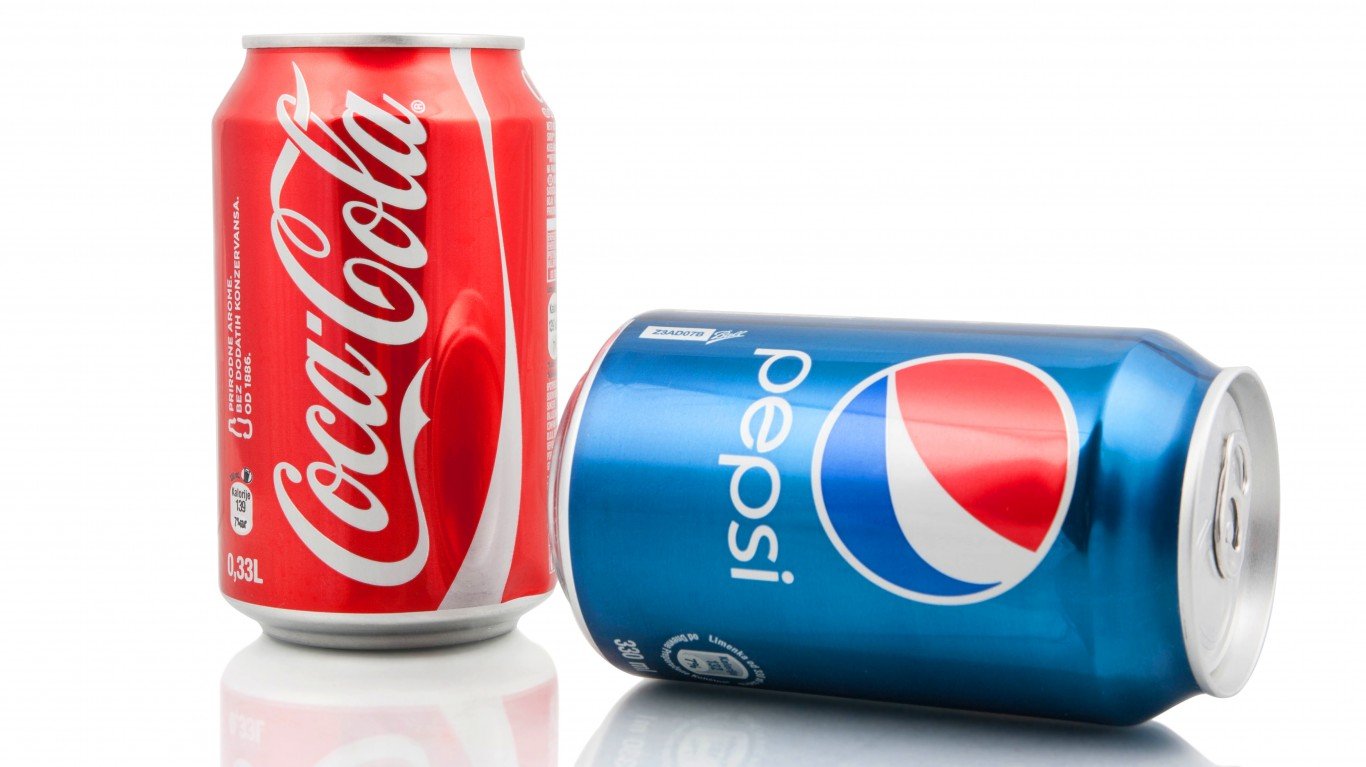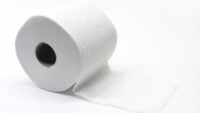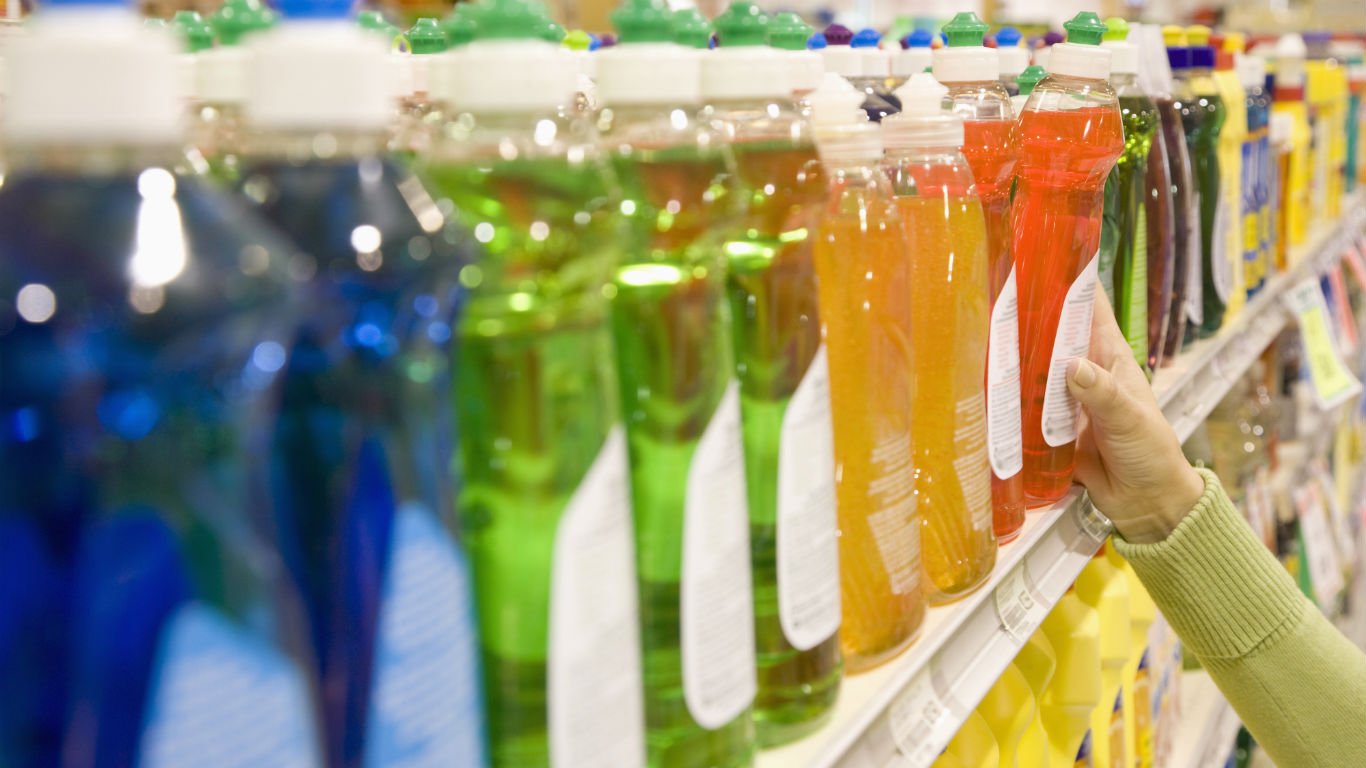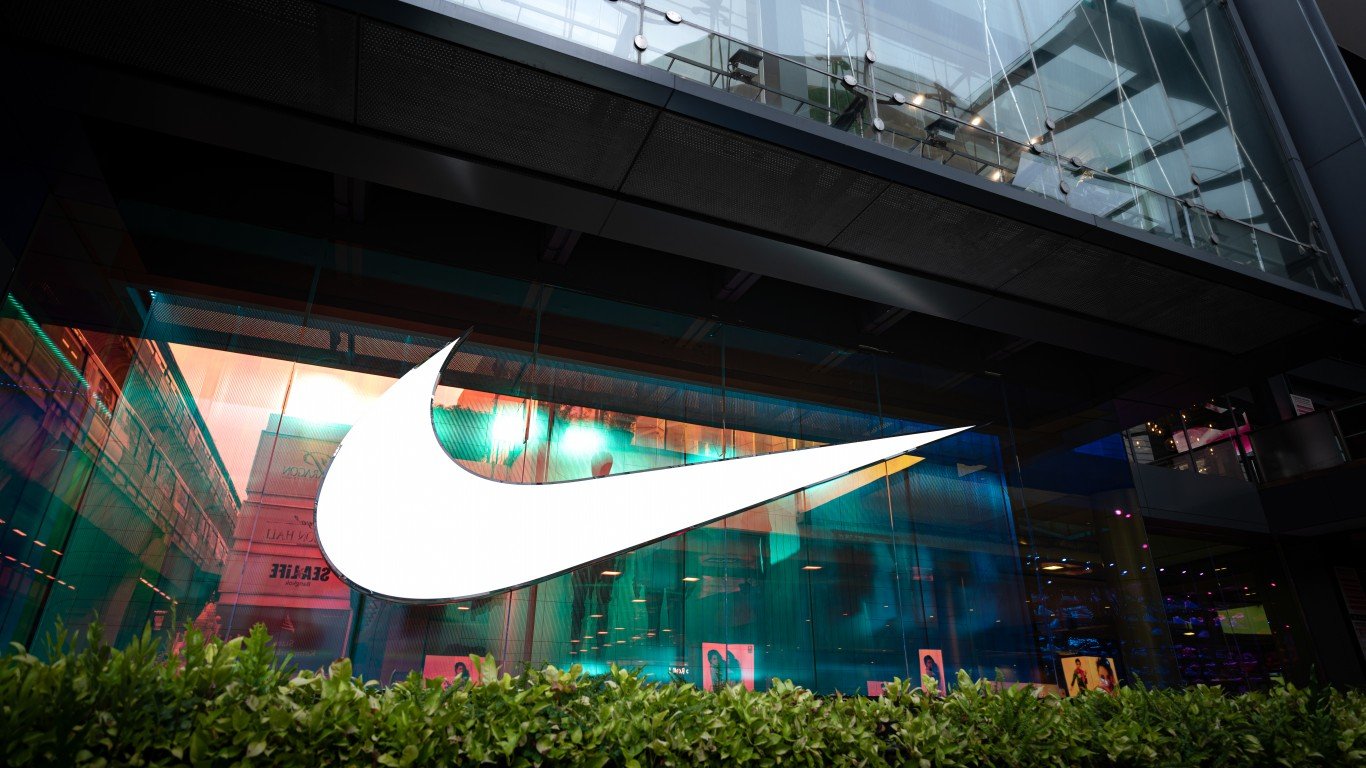

A long time ago there used to be taste tests between Coca-Cola and Pepsi. That was back before the beverage industry became so diverse and before so many brands were housed under a single roof. In the modern era, investors view Coca-Cola Co. (NYSE: KO) and PepsiCo Inc. (NASDAQ: PEP) with mixed fanfare. The two beverage giants are very similar in dominating beverages around the globe with their top brands, but PepsiCo also has its prized snack-food business and brands that have an impact on making an apples-to-apples comparison here.
24/7 Wall St. tracks many value stocks, Dow Jones industrial stocks and income (dividend) stocks to keep investors informed. Now that the dust has started to settle in the COVID-19 pandemic, even if this ordeal and the recession that came with it are far from over, it’s worth looking at which beverage giant offers more upside than the other does.
First, calling out specific growth rates on revenues and making any bold earnings per share predictions at this stage of the recession is a sucker’s game. If most companies cannot or will not endorse formal numbers ahead, how are industry outsiders going to stack up in predictions? One issue that the market is trying to do is look back at the last two years and come up with an average of what normalized earnings will look like ahead.
Coca-Cola reported second-quarter 2020 results on July 21, with earnings of $0.42 per share on revenues of $7.2 billion. This was down from $0.63 per share on $10 billion a year earlier, but the consensus estimates called for per-share earnings of $0.40 and $7.18 billion in revenues. Coca-Cola’s adjusted operating margin was down slightly year over year from 30.3% to 30.0%. Monthly global unit case volume declined by 10% in June, compared to a 25% drop in April. The company said that sales have been driven by “improving trends in away-from-home channels.”
PepsiCo reported its earnings on July 13 as $1.32 per share, with revenue of $15.95 billion. The same period of last year had $1.54 per share and $16.45 billion, and analysts were only looking for $1.25 per share and $15.38 billion. During the quarter, net sales dropped 3.1% year over year. Pepsi’s organic revenue, which does not take into account foreign currency, fell 0.3%. Management disclosed that PepsiCo spent nearly $400 million on costs related to the pandemic, including personal protective equipment, but the team also believes that this cost will diminish as time goes on.
The closure of restaurants and other public venues weighed on both Coca-Cola and on Pepsi, and that is expected to continue throughout the recession and while so many public venues remain closed or on very reduced capacity. It’s also not helping that there is a deficit of close to 10 million U.S. jobs, compared with the total unemployed population.
Coca-Cola acknowledged that the impact on financial results of the pandemic is unknown, but the company also noted that its solid balance sheet will allow it to navigate through the crisis. Coca-Cola offered no formal guidance other than it expects a 3% to 4% currency headwind against 2020 revenues and that operating income faces a high single-digit currency headwind this year.
PepsiCo offered no formal guidance for 2020 either, but it continues to expect total cash returns to shareholders of roughly $7.5 billion (dividends of $5.5 billion and share repurchases of $2.0 billion).
For the full year, the Coca-Cola consensus earnings estimates were $1.83 per share on revenue of $32.6 billion. Analysts had PepsiCo’s 2020 consensus estimates at $5.34 per share and $67.17 billion after its report. This would value Coca-Cola and Pepsi both very close to 26 times earnings.
As for dividends, the Dow component Coca-Cola has a 3.4% yield, and Pepsi currently comes with a 3.0% yield. Coca-Cola’s market cap is now $206 billion, compared with $190 billion for its rival.
The stay-at-home life helped PepsiCo more than it did Coca-Cola due to its snack foods. The Quaker Foods North America segment reported organic growth of 23%, as consumers bought more oatmeal for breakfast and baking needs, and its Frito-Lay North America saw organic sales growth of 6%. While beverages dropped as a whole, PepsiCo’s juice business has been far more successful, as more consumers look at this as a healthy alternative in the era of COVID-19.
At $48.00 apiece, Coca-Cola shares are up 4.3% since its earnings report. The lowest close in March’s selling panic was $37.56, so its shares are up about 28% from the panic selling lows. At $136.00 each, PepsiCo shares are basically up 1% since its earnings report. Pepsi’s lowest closing price around the panic selling nadir was closer to $104, so its stock is up around 31% since then.
Where Coca-Cola and PepsiCo shares differ greatly is on how their current share prices stack up against their old 52-week pre-recession highs. Coca-Cola shares would have to rally just over 25% to $60.13 before breaching their prior highs. PepsiCo shares would have to rally only about 8% to reach the prior $147.20 high. PepsiCo’s $146.86 consensus price target leaves an implied upside of 8%, and Coca-Cola’s consensus target price of $53.45 implies upside of more than 11%. As for annual performance year to date in 2020, Coca-Cola shares were down about 13%, versus a 1% drop for PepsiCo shares.
As August has started out, the trade has been a rotation out of the major strength stocks from the lockdown and into the companies that stand to win from more reopenings and whatever the back-to-school economy is going to look like. Coca-Cola and PepsiCo used to be very defensive stocks, but very little was working the way things used to back in March.
The valuations and numbers are very close between PepsiCo and Coca-Cola, but as of August 11, 2020, the verdict for an investor taste test based on the current snapshot seems to tip in Coca-Cola’s favor. That may be very close and may not be the case in a week, but that’s how the taste test looks now.
Take This Retirement Quiz To Get Matched With A Financial Advisor (Sponsored)
Take the quiz below to get matched with a financial advisor today.
Each advisor has been vetted by SmartAsset and is held to a fiduciary standard to act in your best interests.
Here’s how it works:
1. Answer SmartAsset advisor match quiz
2. Review your pre-screened matches at your leisure. Check out the
advisors’ profiles.
3. Speak with advisors at no cost to you. Have an introductory call on the phone or introduction in person and choose whom to work with in the future
Take the retirement quiz right here.
Thank you for reading! Have some feedback for us?
Contact the 24/7 Wall St. editorial team.
 24/7 Wall St.
24/7 Wall St.


